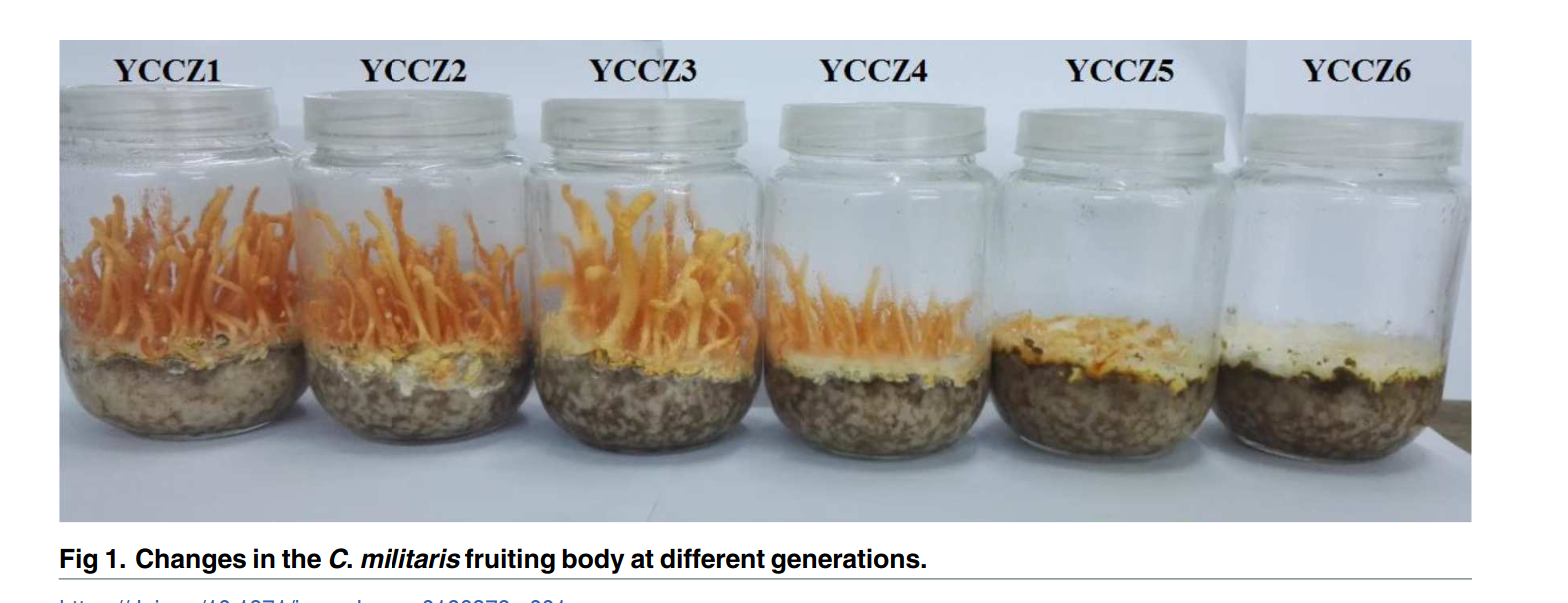I am doing research into setting up a mini farm for gourmet and medicinal mushrooms and am currently looking into long term mycelium storage.
On the surface, the answers seem simple: Once the mycelium runs out of nutrients, it dies. So mor food mor better? However…
Slants seem to be the #1 recommended long term storage method. However, the most economical types of slants I can get seem to hold about as much agar as your standard petri dish.
Questions that come to mind:
- Is the goal of a slant to reduce the propagation of mycelium to save on its nutrient supply?
- Is there a measurable difference in nutrient uptake between the different methods?
- Does it all just boil down to which method is more space efficient for storage?
- What questions do I really need to be asking myself in the context of this thread? ;)
Regardless, I think I will have to “update” or “refresh” my cultures every 12-18 months by transferring the mycelium to fresh media. Correct?
(Obviously, for substrate inoculation, the different methods have their own benefits which I am already aware of.)
I thought about this and I decided that slants would be a better choice, but in practice I ended up using plates.
If you store a dish next to a slant for several months, you will notice that the dish eventually dries up. The slant remains hydrated for longer. Sometimes slants might also be more convenient to store or move around in a rack.
That said, as a small hobbyist I don’t really need to store strains for so long, and I prefer to refresh them often. So I just grow multiple plates at a time, do some agar to grain transfer, and stack the remaining clean plates in the fridge. This works fine, but I do refresh at least every 3 - 6 months.
I am more paranoid about liquid cultures and I don’t use them for long term storage. One excuse I can come up with is that if a contaminant reaches the liquid culture during long-term storage, it will mix throughout and it will contaminate the whole thing - whereas in the solid the contaminant might remain localized near the edges. I also have my crank theory about liquid cultures: I suspect that even if stored in the cold the mycelium will remain more active (and age faster) when suspended in a liquid than when resting on top of a solid medium. But this is pure speculation, I have not looked into the research, and maybe the mycelium rests just the same.
Awesome and thank you for the reply.
It didn’t even occur to me that the agar would be at risk of drying out. That is something I will keep an eye on, for sure.
It makes sense about what you are saying about mycelium in LC being more active. After all, with occasional agitation, the mycelium will have much more surface area exposed to nutrients. Static mycelium on a sold medium would need it’s nutrients delivered through the network after it’s local supply is exhausted, I would speculate.
(Kind of a side topic) Since you mentioned mycelium age, I would guess that genetic degradation happens similar to cannabis. Granted, it can take dozens of generations for clones of clones to degrade in cannabis, it seems to me that mycelium might age faster? I dunno. That would make sense if it wasn’t for the prevalence of PE strains that have been around for years. (I am not a genetic scientist by any stretch.)
(Kind of a side topic) Since you mentioned mycelium age, I would guess that genetic degradation happens similar to cannabis. Granted, it can take dozens of generations for clones of clones to degrade in cannabis, it seems to me that mycelium might age faster? I dunno. That would make sense if it wasn’t for the prevalence of PE strains that have been around for years. (I am not a genetic scientist by any stretch.)
Oof, love this topic. Yes, mycelium ages and accumulates mutations. The extent to which it happens is species-specific, and I think the number of times that the cells have multiplied is more important than absolute “time”. So, usually you notice a culture aging as you sub-culture it, meaning that you will grow the fruit and clone the fruiting body. Cloning the fruiting body allows you to preserve a strain, but after a few cycles of doing this the strain begins to degenerate. So, that’s why one might want to keep a master of the strain under storage. Eventually, even that master may degrade, and that’s when you need to breed again from spores. One can grow fruits directly from a mixed population of spores, but the results can be varied. A strain is isolated when one wants more consistent results.
As I said, this is species-specific. I think Lion’s Mane and oyster mushrooms can do lots of sub-cultures. Psilocybin mushrooms can also handle a few before showing malformed fruits and losing their spores.
But if you really want to get into the cool stuff of strain degeneration… Cordyceps militaris. This is a mushroom that is becoming very popular and it is famous for its strain degeneration and the necessity to breed it - which is not so easy - this is a mushroom meant to grow as an insect parasite. If you are into the details of what is actually happening as this mushrooms is sub-cultured, I recommend this paper.
Here is a very cool image of what sub-cultures look like form that paper:

Working with this mushroom is a beautiful exercise of sourcing. Because of its popularity, many vendors are selling it now… But they will give you a strain that fruits like Z4/Z5. If you want a strain to fruit like first-generation fruiters you need someone who either collects spores from the wild, is a breeder, or knows how to source them and store them well. A youtuber I like watching (Fresh From The Farm Fungi) made a series of experiments trying to breed this fungus. He is very experienced, and you can see that even for him it’s quite a challenge: https://www.youtube.com/watch?v=NRm859-mjhM
But… yeah, this is probably more than you wanted to know about ageing in mycelium… Sometimes when I’m excited about a topic I talk a lot 😂
Thanks for the info! I’ll look over that and let it stew for a bit in my brain and will probably want to chat more. You can see where my general curiosity is pointed now, so the cordyceps information is perfect.
But yeah, it’s a good gamble that if someone is talking about strain preservation and genetic behavior, they probably have been bitten by the fungi bug as well. ;)
After my first batch of mushrooms a couple months ago with no failures/contam, it gave me a huge confidence boost. I dove right into some of the more complicated topics shortly after. FWIW, I am compiling a spreadsheet that I intend to share that is a combination of LC recipes, substrate blends and various quantity calculators. Every YouTuber and website author has their own preferences, so I am basically going to average their data out and combine it with information I find in various research papers. (Testing is going to be the fun part though.)
FFTFF is somewhat local to me in the Denver area and have been following that channel. It absolutely get my thumbs up. That channel and the Mycophilia channel seem to be a couple of the more grounded sources. (PGT and 90 Second Mycology are good, but are more practical application and not strictly data driven. I like data.)
Thanks for the info! I’ll look over that and let it stew for a bit in my brain and will probably want to chat more. You can see where my general curiosity is pointed now, so the cordyceps information is perfect.
Always happy to chat! At this rate, by the next time we chat you will be the one explaining me things :D
After my first batch of mushrooms a couple months ago with no failures/contam, it gave me a huge confidence boost.
If failures do come, which is very very likely, don’t let that discourage you. Failures teach you important lessons.
I dove right into some of the more complicated topics shortly after. FWIW, I am compiling a spreadsheet that I intend to share that is a combination of LC recipes, substrate blends and various quantity calculators. Every YouTuber and website author has their own preferences, so I am basically going to average their data out and combine it with information I find in various research papers. (Testing is going to be the fun part though.)
Sounds super cool! When you do publish your results, please post about it or at least send me a message!
FFTFF is somewhat local to me in the Denver area and have been following that channel. It absolutely get my thumbs up.
Ohh. I’d absolutely go visit his stand at the farmer’s market if I was in the Denver area! But, yeah, I really like his methods, and he has lots of very interesting projects.


